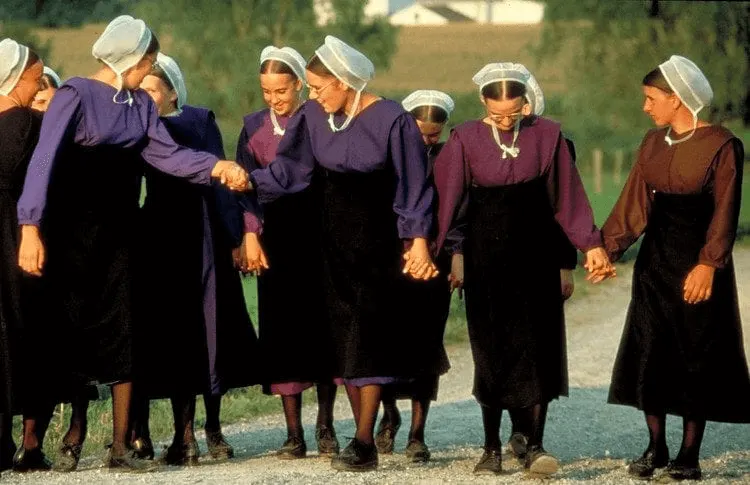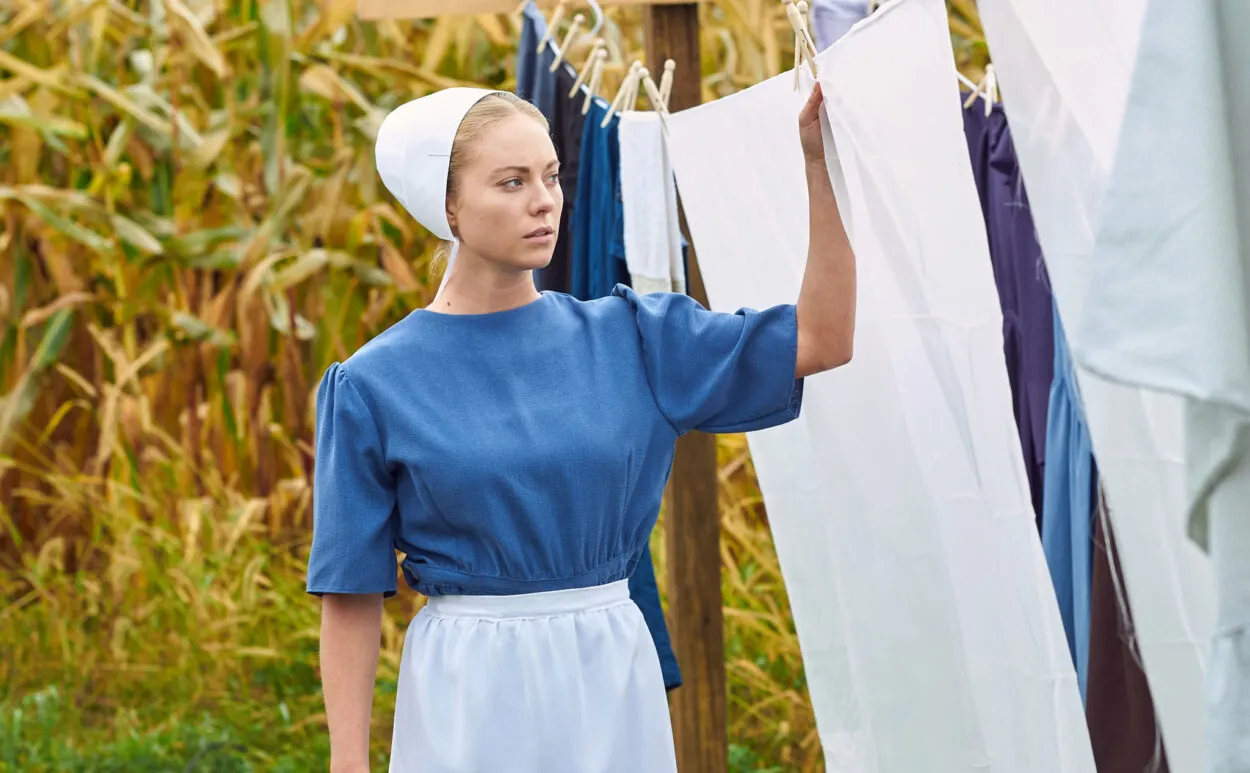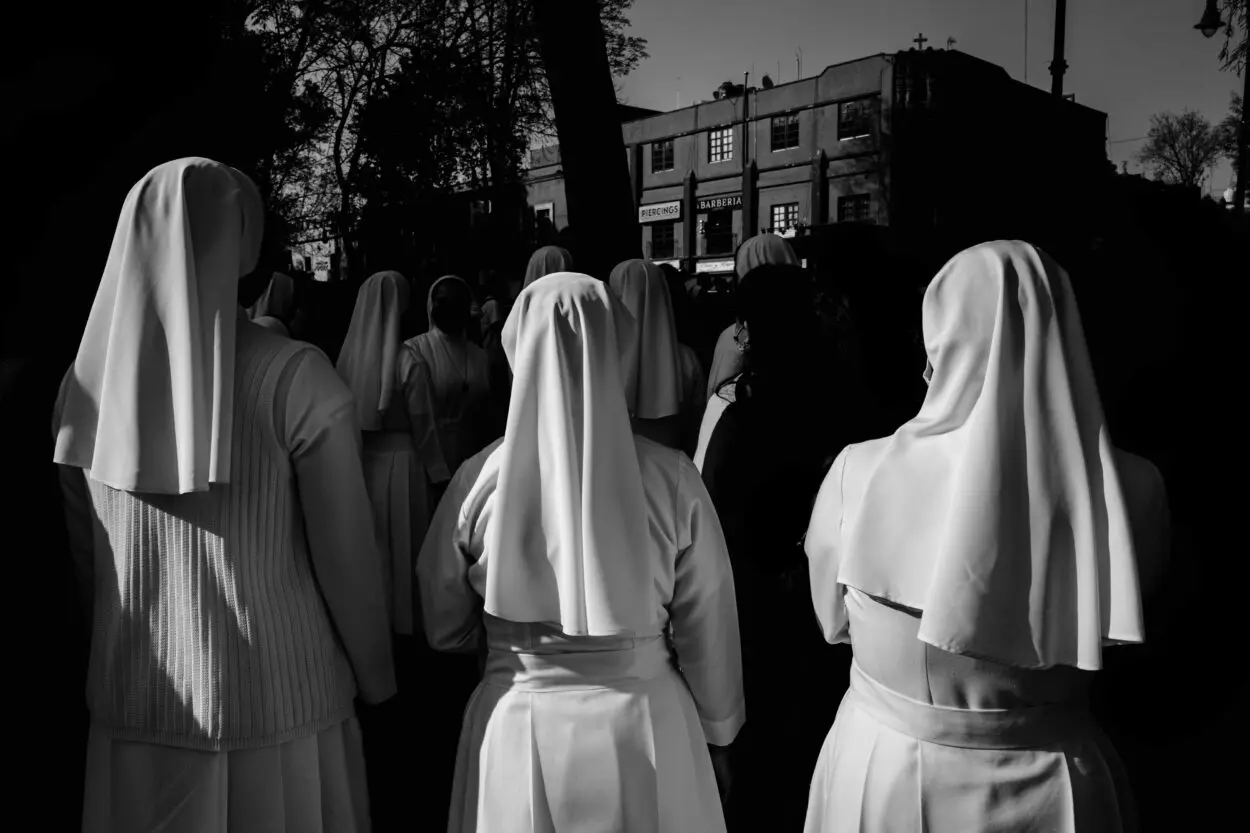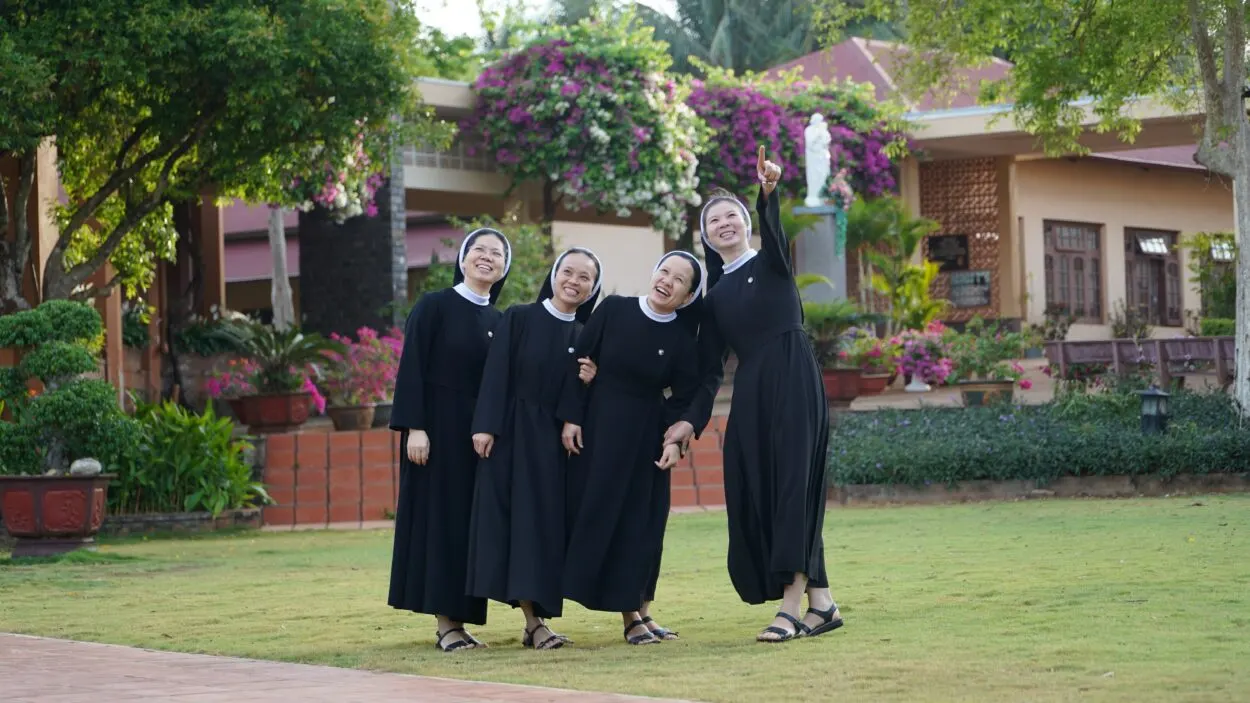From the outside, Amish and Mennonites may appear to be very similar, yet there are important differences that allow us to tell them apart.
As a result, there are distinguishing characteristics that allow us to distinguish between Amish and Mennonite women, from their social duties and code of conduct to the way they seem.
There are two different groups of Mennonites. Both the traditional Mennonite groups and those who employ contemporary technologies while adhering to Mennonite practices.
Despite being much smaller than the Amish, the old Mennonite groups frequently live next to them. Along with the Amish, the Old Order and Old Colony Mennonites share educational facilities and agricultural holdings.
Amish women wrap their heads with a flat, generally white, head covering with strings. Contrarily, Mennonite women hardly ever pair their head coverings with strings. Mennonite women are typically seen either donning a modest veil or a traditional head covering.
Keep reading to know more about the appearance and history of Mennonite and Amish women, along with the differences between them.
What Is Christianity?
The central themes of Christianity center on Jesus’ life, death, and resurrection according to Christian doctrine.
Christians believe that God protected the world by sending his son Jesus, the Messiah. They hold that Jesus was crucified on the cross to atone for sins and that he rose from the dead three days later before ascending to heaven.
Christianity is a widely practiced religion in the world, with more than 2 billion followers; the essential tenets of the Christian faith are the birth, life, death, and resurrection of Jesus Christ.
Many historians consider the spread and acceptance of Christianity around the world to be one of the most fruitful spiritual missions in human history, even though it initially only had a small number of members.
Who Are Mennonite Women?
Mennonite women are renowned for wearing modest attire and hats throughout the world. They fervently follow Christianity.
The Mennonite women’s dedication to community appears strange in a culture that values individuality and privacy. Modern women, particularly those in the West, frequently desire their privacy.
Regardless of race or religion, the Mennonites are renowned for their charitable nature. They frequently do this by offering fundamental services like child care and cooking, but they also carry out a wide range of other kingdom labor.
Many Mennonite women attend college to pursue careers as physicians, nurses, teachers, and scientists.
Eastern Mennonite University (EMU) alumna Laura Horst Rosenberger emphasized the historical and present-day contributions made by Mennonites to the medical profession.
Christianity and Mennonite
Mennonites is a member of the Protestant church that emerged from the radical Reformation movement of the 16th century known as the Anabaptists.
It was given the name Menno Simons in honor of the Dutch priest who institutionalized and strengthened the work started by moderate Anabaptist leaders; the insistence on maintaining a barrier between religion and the outside world has been a defining feature of Anabaptist-Mennonite philosophy.
The 16th-century persecutions compelled Anabaptists to isolate themselves from society to live, and this tactic became essential to Mennonite doctrine.
As a result, the majority of Mennonites have maintained strong links to their communities, engaged in strict group discipline, and don a distinctive dress.
What Do Mennonite Women Wear?

They exclusively conceal their modesty, which involves treating one’s body as sacrosanct and covering it, Mennonite women exclusively wear dresses.
The feminine clothing code, which centers on a skirt and a dress, is always in effect. Women shouldn’t dress in trousers or other masculine clothing to suggest they are as authoritative as men.
Mennonite women dress in long, loose-fitting dresses because they value their spiritual lives and activities more than their physical beauty.
They wear long gowns and modest clothing. The gowns are typically handcrafted and might be basic, simple, or colorful.
They always wear a prayer veil or a Kapp to cover their heads when they are out in public. Some people wear loose-fitting trousers, slacks, shorts, and T-shirts due to modernity and changing fashion trends.
Who Are Amish Women?
The Amish community values women as an essential component. They perform domestic duties such as caring for children, cooking, cleaning, and gardening.
An Amish woman will refer to her husband as the “head” of the household when she gets married, but she will still be involved in most of the financial choices.
While Amish households still adhere to the traditional practices of only permitting men to serve as church leaders such as bishops, deacons, and elders, a woman has an equal voice in church affairs.
Women are respected in Amish culture and, in some ways, even given sorts of equality and liberties that other women might not.
What Do Amish Women Wear?

Typically, Amish women dress in solid-colored skirts with long sleeves, a voluminous skirt, and a cape covering the bodice.
Some less traditional organizations permit women to wear gowns with short sleeves, but never ones with no sleeves. Straight pins or snaps are used to secure clothing, and shoes and stockings are both black.
Amish women are not allowed to wear jewelry or clothing with patterns. A certain Amish order’s Ordnung, or Book of Order, may specify details of dress, such as the width of a seam or the length of a skirt.
The majority of Amish women sew their clothes, buying the fabric at nearby shops that are frequently managed by women from their religion.
Difference In Headwear For Mennonite Women and Amish Women
The women on either side of this heavenly fence appear to be practically identical in every manner at first glance, yet this is untrue.
In general, they differ in style, fabric, sheerness, and whether or not they are net or starched, whether or not they are a cap that entirely covers the ears or is worn behind the ears.
More Mennonites choose to wear what they refer to as a veil, which is typically made of lace or cloth.
It was once referred to as the “missionary veil” because Mennonites abroad wear or use it. They are now being worn by more of them in America, too. They often come in either white or black.
Other groups, such as the Holdemen Mennonites, dress in folded black fabric hats.
The crucial element is that they are a sign or emblem worn on a woman’s head by many religious women. They are worn by numerous women for a variety of reasons.
The prayer shawl is frequently referred to as a hat. There is a distinction. The woman’s head covering, known as the “prayer covering” (Kapp), is attached to her hair. Amish women only remove it to wash and comb their hair during the day.
At night, they also typically have something on their heads. Some people might choose to wear an outdated garment that they don’t care if it wrinkles and gets squashed. But the bonnet, which serves as an exterior covering, is often black.
Other Kinds Of Spiritual Women
Nuns

Nun is a term commonly used in Catholicism to describe female ascetics and monastics of other religious traditions.
Nuns are members of monastic orders or congregations of women who live under the vows of chastity, obedience, and poverty in their original Christian setting.
Depending on their order and faith, nuns take vows, many of which involve committing to a life of chastity and poverty.
While some religious sisters, also referred to as nuns, devote their lives to prayer, others help the underprivileged or teach in local schools or healthcare facilities.
Catholic Sister

A woman who lives, serves, and prays as a Catholic sister does so in the outside world.
Because she is involved in ministries that bring the Gospel to people where they are, such as works of mercy, sisters are frequently referred to as being “active” or “apostolic” in their lives.
She takes permanent simple vows and commits to living a life based on the evangelical precepts of obedience, poverty, and celibacy. Consider the Monroe, Michigan-based IHM Sisters as an example.
Sisters are female members of religious communities who publicly confess their commitment to chastity, poverty, and obedience to God. They support the Church’s mission through a range of ministries.
Conclusion
- Amish women must always keep their heads covered to be able to pray, in addition to the modesty requirement.
- The Amish place great importance on modesty and prayer, and for women, bonnets and head coverings are an essential component of that.
- Many Mennonite women who belong to a particular Anabaptist Christian denomination wear kapps, which are Christian head coverings. In order to cover the majority of the hair, kapps are made to be large enough.
- Women from specific Anabaptist groups, such as the Beachy Amish Mennonites, can choose between a Kapp and an opaque hanging veil for their head-covering.

